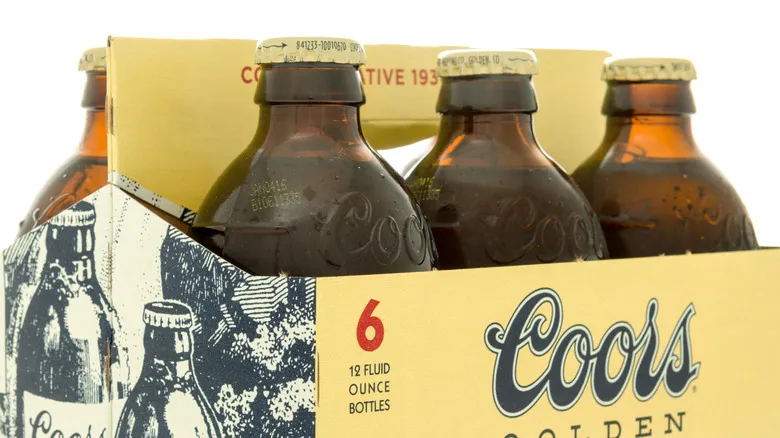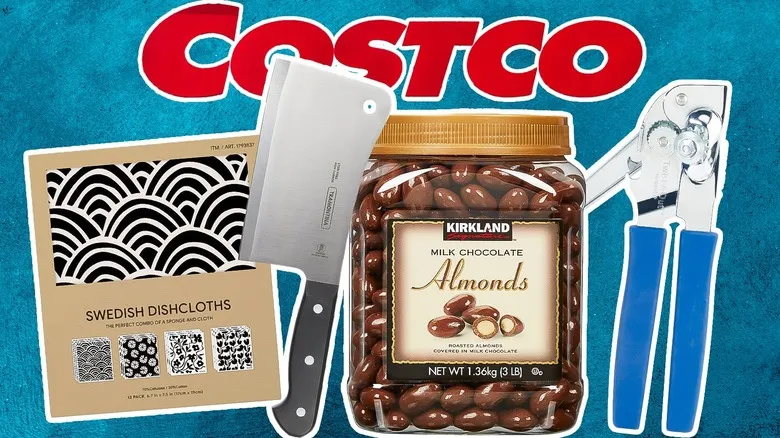Stubbies were invented in response to the rise of canned beer
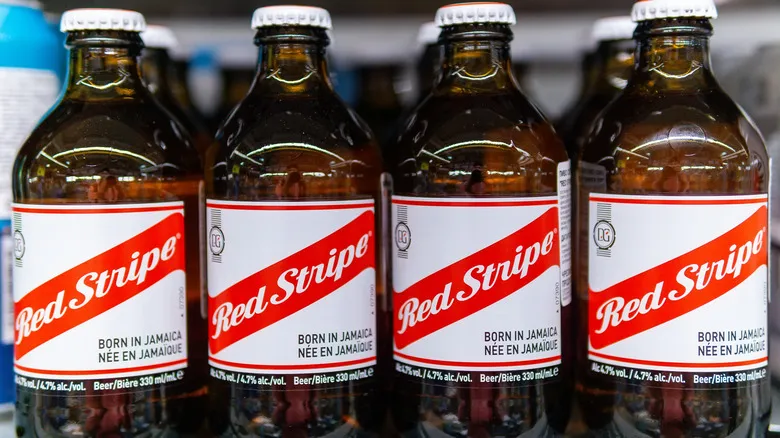
In the 1930s, beer manufacturers sought ways to reduce shipping expenses, leading to the invention of beer cans. Longneck bottles were too heavy for economical long-distance transport, and their shape limited the number that could be packaged together. The glass industry recognized that the introduction of beer cans could threaten their business, so they created the stubby—a glass bottle designed to resemble a beer can. Although the weight remained the same, the stubby’s stackable design made it more cost-effective for shipping.
By the 1950s, the popularity of stubbies declined as longneck bottles regained favor in the United States. In Canada, stubbies continued to be popular until the 1980s, but eventually, longneck bottles became dominant there as well. Today, stubbies are not as prevalent as they once were, but they still have a loyal following among certain drinkers and brewers.
Additionally, you may come across "stubby" cans, which are eight-ounce mini beer cans that emerged in the late 2010s in the United States, inspired by the classic round bottle. While they haven't gained widespread popularity, they are ideal for those who prefer a smaller drink without the commitment of a full bottle, can, or pint. Just be careful not to pour your beer into a glass incorrectly!
Recommended

What Is The Role Of Beechwood In Making Beer?

Sometimes It's Actually Okay To Drink Beer On The Rocks
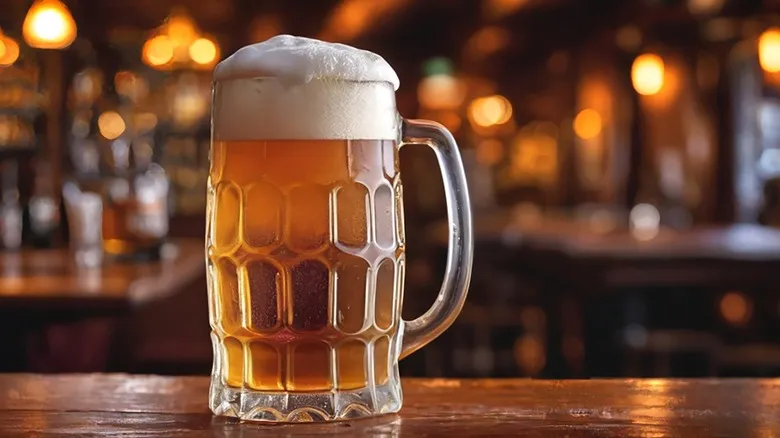
How To Tell If A Beer Bar Is Worth Your Time
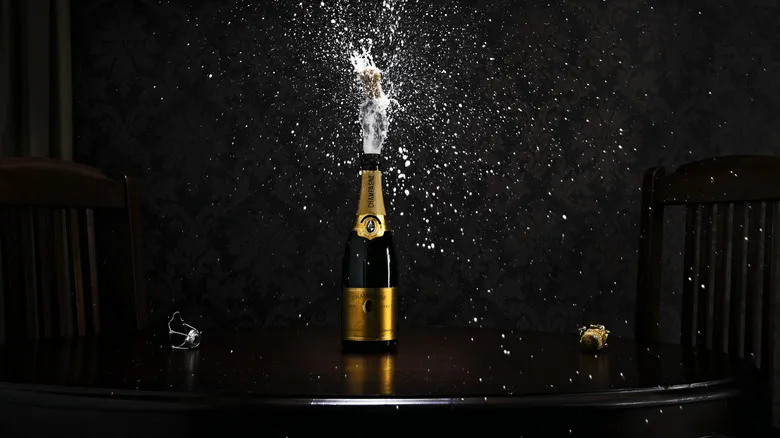
What Does Extra Dry Champagne Actually Mean?
Next up

